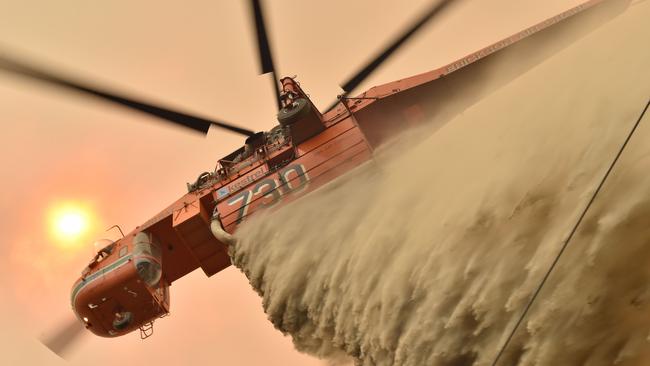
When that day comes, what should happen is a comprehensive investigation, a royal commission or some similar judicial inquiry with broad terms of reference to determine how these fires started, why the fires have burned so much of this country and whether state and federal government responses were adequate.
I doubt it will happen with the wretched politics and the interminable blame game that continues to swirl around it.
If we want to develop a better understanding, we should start with the rather simple analysis of the three stages of fire – spark, ignition and burn.
Take the example of a lit cigarette stupidly flicked from a car. That is the spark. If it falls lit side down into a dry fuel load it may cause ignition. Then the burn stage begins.
If we take the case of an arsonist, the arsonist himself (it is almost always a male) is the spark who causes ignition which leads to a burn.
In rare cases, ignition can occur where superheated fragments from motor vehicle engines can land in dry fuel loads and start the burn.
In NSW, police have taken action against 180 people, including 24 charged over deliberately lit bushfires. There are other direct human causes that may have led to ignition. 53 people allegedly failed to comply with a total fire ban and 47 allegedly discarded a lit cigarette or match.
We might assume that those 24 charged are deranged firebugs lighting bushfires to get their kicks. But when it comes to aberrant human behaviour, there is almost always complexity.
For example, one of the 24 was seen by police allegedly driving a stolen car. Police gave up on the pursuit and the car was allegedly torched, which caused a large grassfire.
In another case, one man allegedly performed his own amateur backburn to protect his marijuana crop. The back burn got out of control and caused an extensive bushfire.
Two days ago, a man was served with a court notice after he was allegedly using an angle grinder in the open on a total fire ban day. The sparks caused ignition and burnt 25 hectares before the fireys put it out. He has been summoned to court charged with failure to comply with a total fire ban order.
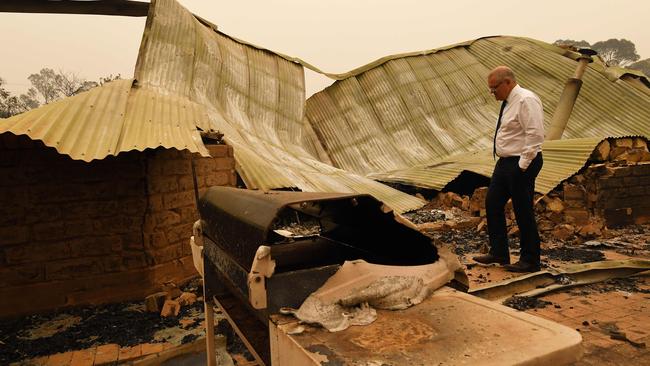
In the way these instances are regarded, the first two cases are determined to be the deliberate lighting of fires (the charges reflect that although the word arson does not appear on the charge sheets) with the third case regarded as unintentional.
The wider problem is that despite real suspicions that many fires have been deliberately lit, it is a long stretch to prosecution. Like most serious crime, investigations are fraught and evidence difficult to obtain.
We won’t know more precise details about causation until long after these fires are well and truly out. There are human causes both deliberate and unintentional and there are natural causes such as dry lightning. Fire experts consider that 40 per cent of all fires are deliberately lit.
While incidents of arson may rise and fall depending on fire conditions, it is probably true that the overall reason fires ignite has not changed much compared to other bushfire disasters of the past.
What really has changed is the burn.
The extent and intensity of a fire is determined by a range of factors – the amount of dry fuel load, high winds to increase a fire’s temperature and movement and high air temperature and low humidity. These factors are also driven by rainfall or the lack of it.
I’ve spoken to a number of RFS firefighters who say that the extent and intensity of these fires is not something they have experienced before. They say where hazard reduction burns have taken place, bushfires have swept through these burned areas without slowing down or diminishing in intensity.
Fuel loads are significant factors in the burn stage but the fireys’ experiences tell us that fuel loads on their own are not the cause of a heightened burn.
Similarly, bushfires don’t necessarily need strong wind conditions. Even moderate winds can fan flames and transport embers creating spot fires up to 20 kilometres ahead of the fire front.
We saw this on Saturday with the Currowan fire jumping the Shoalhaven River. A spot fire ignited some 20 kilometres ahead of the north western edge of the Currowan fire, starting a bushfire with its very own name, the Morton Fire, which caused havoc and property losses in Bundanoon, Wingello, Penrose and Exeter.
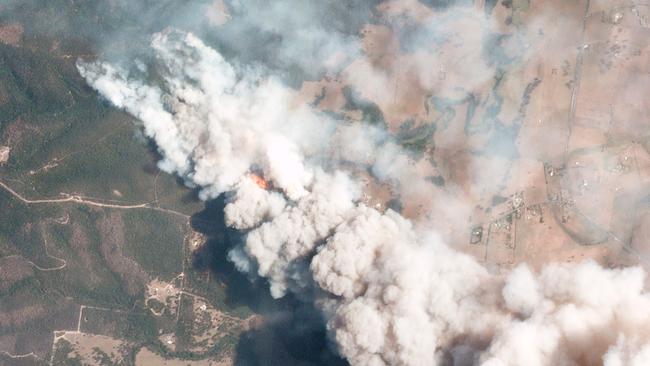
The RFS had door knocked the area the previous day requesting voluntary evacuations. The RFS fire projections showed these villages were at risk. I know some people left then, the elderly, parents with young children. But I don’t think anyone could have expected the speed at which the fire front approached. At eight o’clock in the evening, all was quiet. Four hours later, residents were being escorted onto the Hume Highway by police as flames leapt around them. The fire had moved northwest forty kilometres in just hours.
On the Sunday, NSW Premier Gladys Berejiklian, clearly shaken, said what everyone else who lives around here understood. These villages in the Southern Highlands have never experienced bushfires.
What is different and appear to be changing fire behaviour are increased air temperatures and reduced humidity in environments where there has been diminished rainfall.
Anyone who thinks it’s not getting hotter in Australia really hasn’t been paying attention.
The year just gone was the hottest year on record in Australia. Nine of the ten hottest years on record in Australia have occurred since 2005.
When it comes to rainfall, it’s a bit more complicated. Rainfall is nothing if not variable. On an analysis of my own neck of the woods going back to where records where kept in 1886, there is a trend showing longer, drier periods in recent times. But when significant rains come it’s a matter of it not raining but pouring.
In 2016, almost half of the average annual rainfall for the area fell in four days in June, causing floods in the district as well as across greater Sydney.
Last year was the second driest year on record (460.9mm – average rainfall for the area is 891.7mm) beaten only by 1982 (404.2mm). But above average rainfall fell in 1981 with 1983 just below average before a bounty of rain fell in 1984.
The low rainfall in 2019 was proceeded by below average rainfalls in 2018 (645.5 mm) with marginally below average in 2017 (847.30). We’ve notched up just 3.0 mms for the year thus far. It’ll rain again but when and how much remains in the great unknown.
The immediate consequence of protracted periods of low rainfall makes hazard reduction burns problematic. As it stands, between five and ten per cent of HRBs jump containment lines. The notion that we can stop bushfires under prevailing climatic conditions solely by HRBs is dangerous nonsense. Hazard reduction burns form only part of a process of bushfire mitigation.
It is true that arson and acts of criminal stupidity are common reasons for the ignition of fires. We need to acknowledge that, understand it and take steps to prevent it.
But we also need to appreciate that while climate change doesn’t start fires, it is the fundamental reason six million hectares and counting of this country have been ravaged by fire.



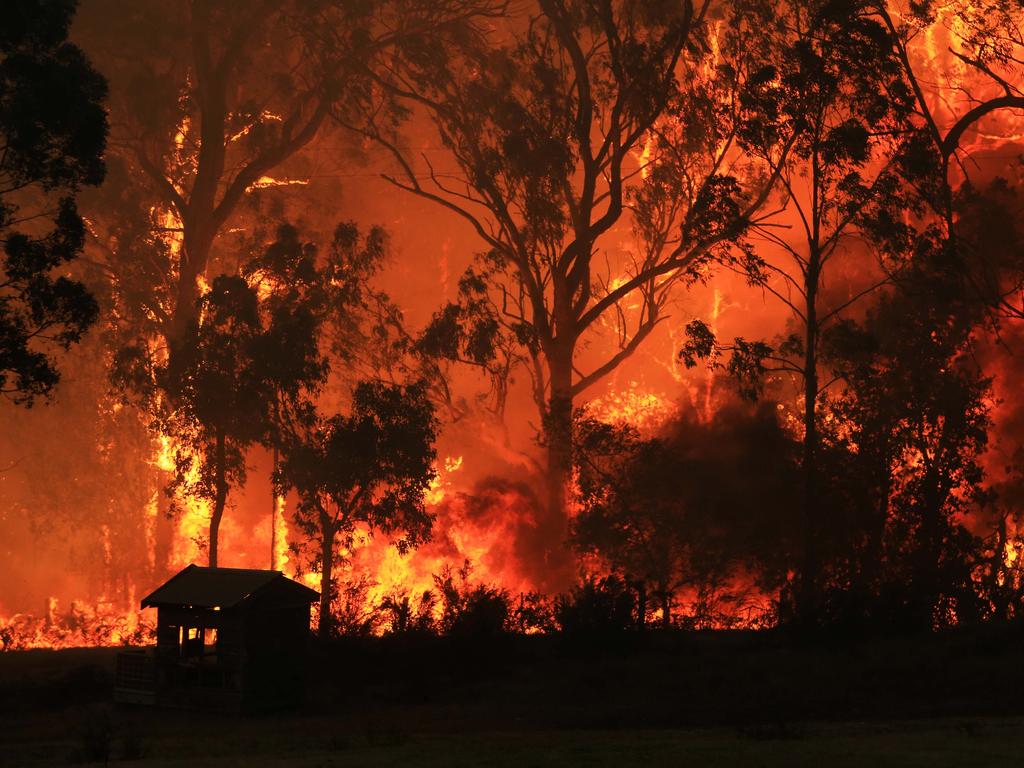
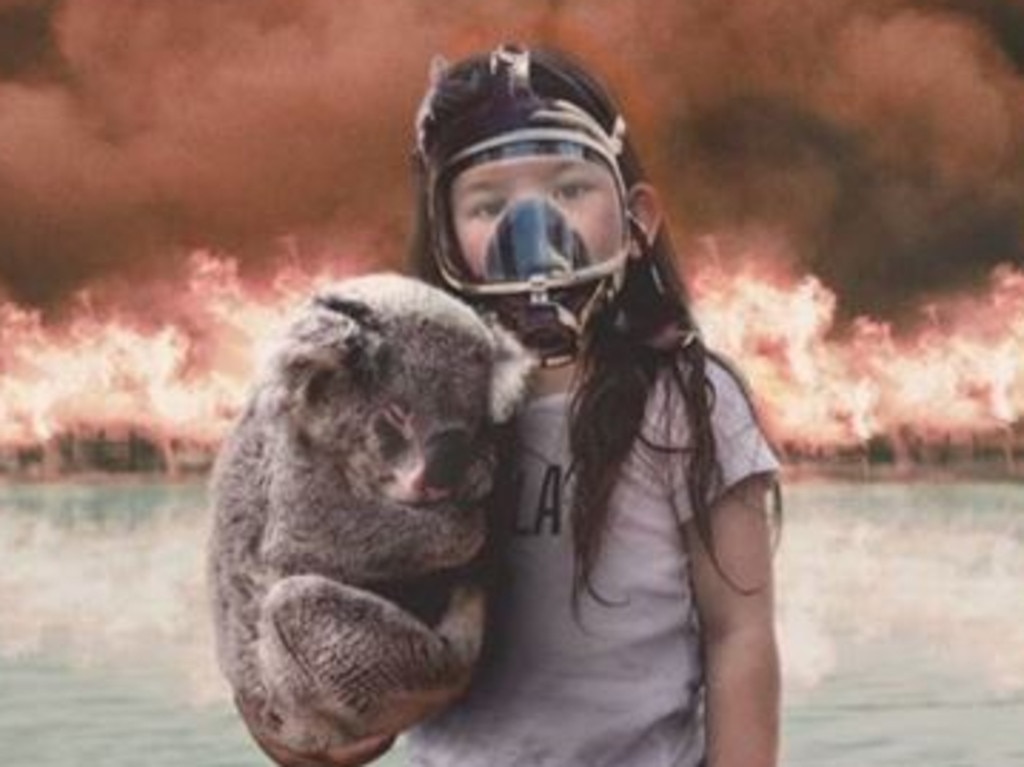



One day these fires will be out. I look forward to that day.